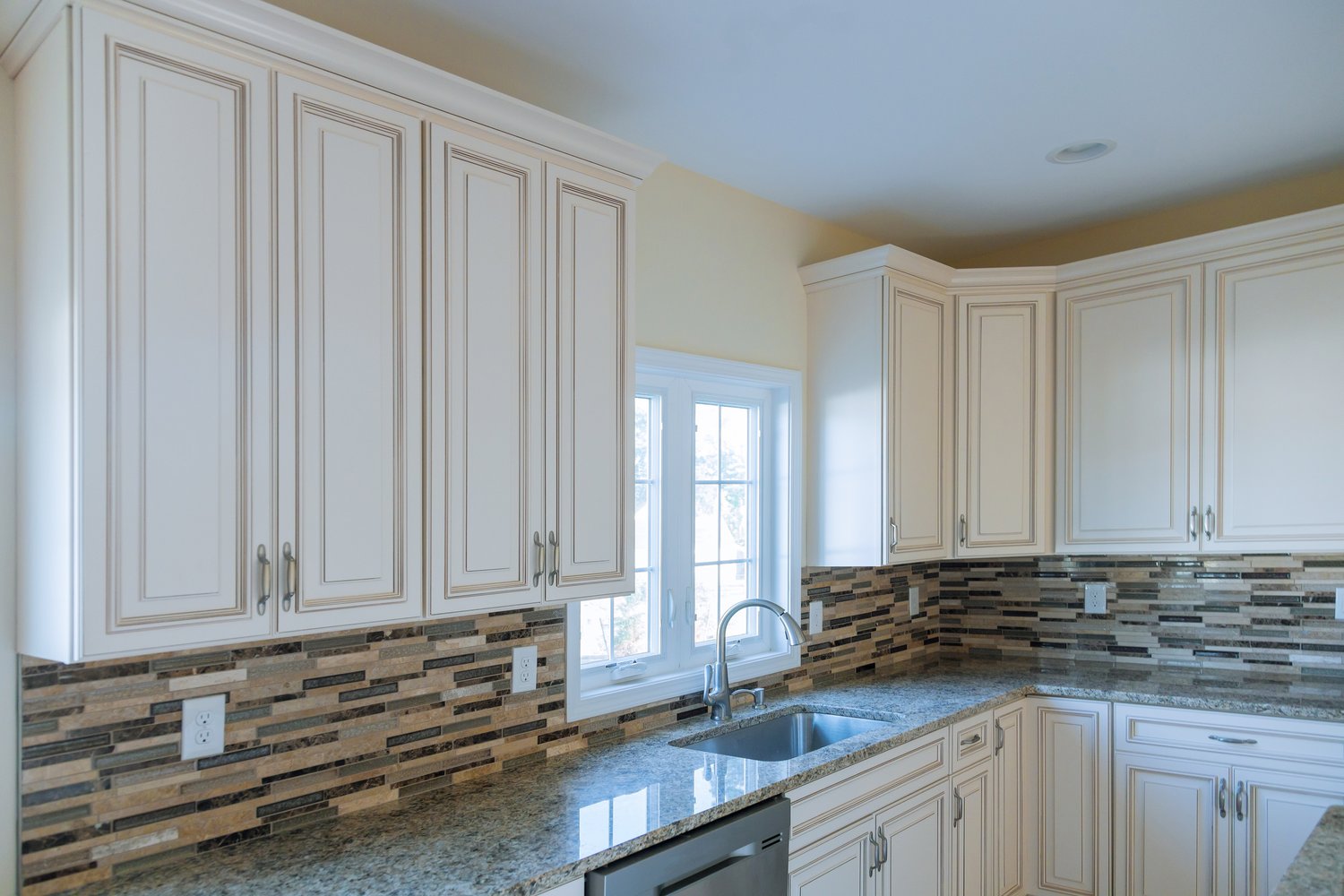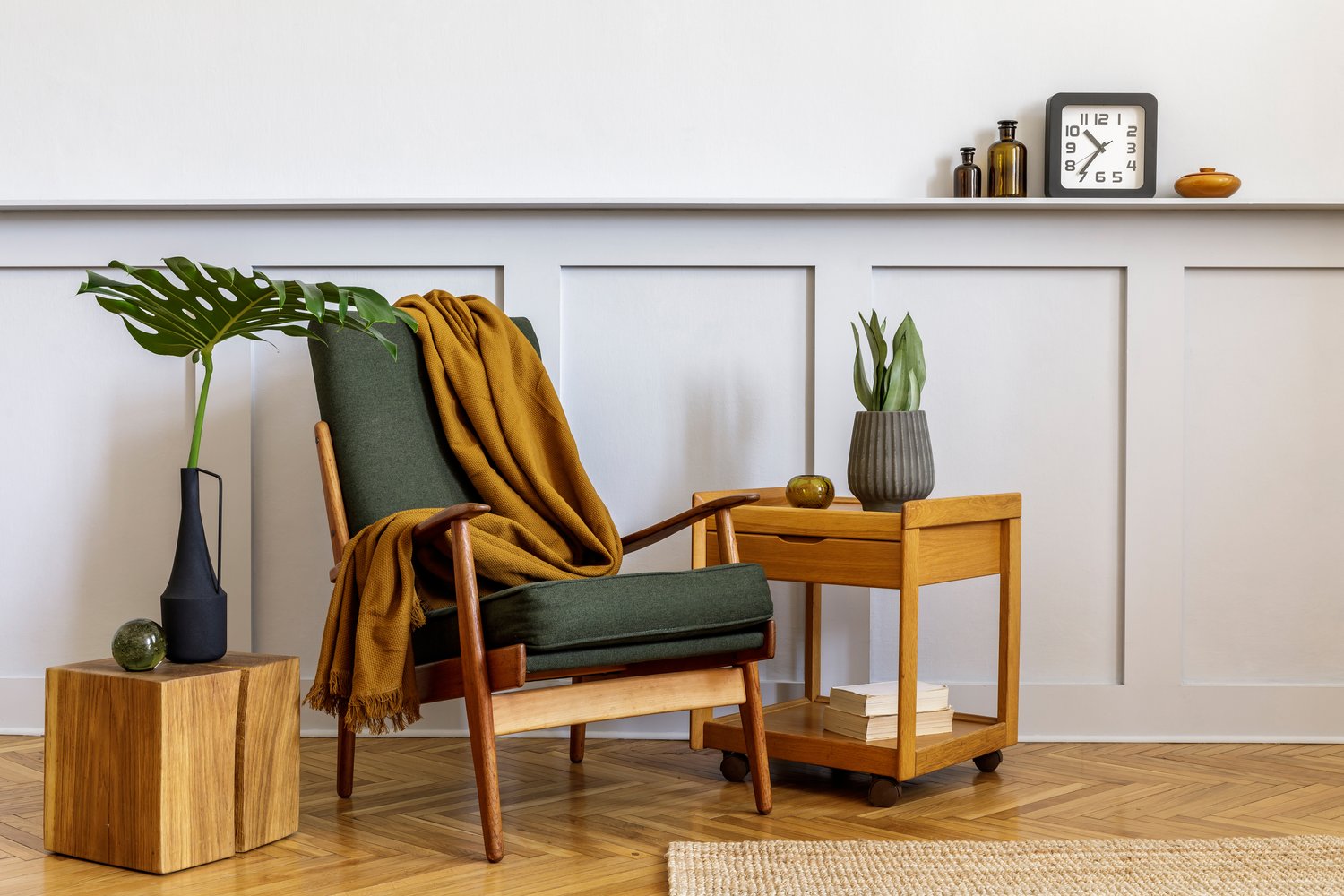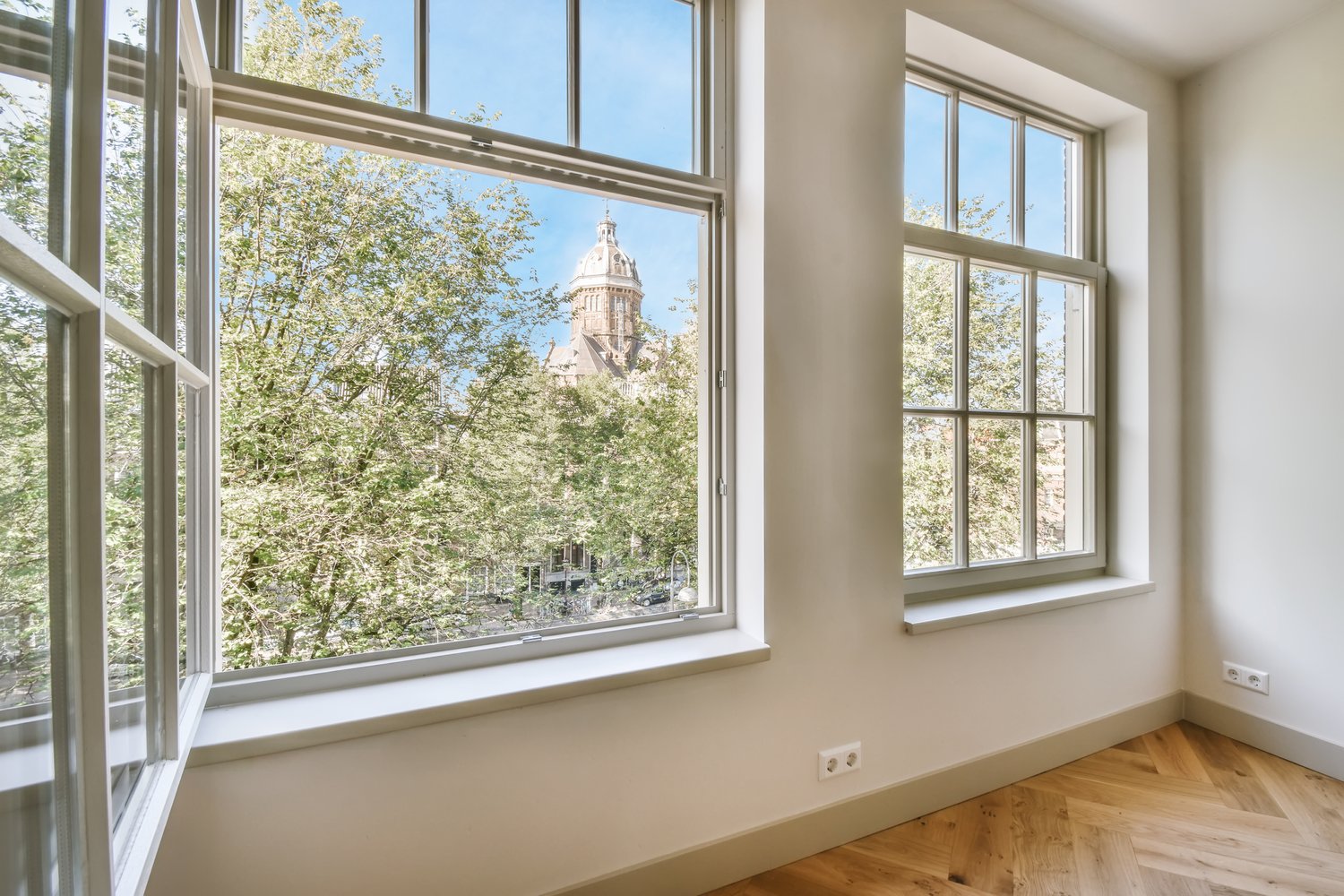The kitchen often serves as the heart of the home, and outdated cabinets can significantly impact its overall appearance and functionality. When considering how to update kitchen cabinets, homeowners typically face three main options: refacing, repainting, or replacing. Each approach offers different benefits in terms of cost, time investment, visual impact, and longevity. This article explores these three renovation strategies to help you determine which cabinet update method best suits your budget, timeline, and design goals.
Understanding Your Cabinet Renovation Options
Before diving into a kitchen cabinet project, it’s important to assess your current cabinets. Solid wood cabinets in good structural condition offer more flexibility for updates than particleboard or severely damaged cabinets. When you decide to update kitchen cabinets, your choice should align with both your immediate budget constraints and long-term home improvement goals. Some homeowners prefer quick cosmetic fixes, while others see cabinet renovation as an investment in their property’s value. The decision to reface, repaint, or replace ultimately depends on cabinet quality, budget limitations, timeline, and desired aesthetic outcome.
Repainting Kitchen Cabinets: The Budget-Friendly Approach
Repainting kitchen cupboards represents the most economical option for cabinet renewal, typically costing between $200-$1,000 depending on kitchen size and whether you hire professionals. This approach works particularly well for solid wood cabinets in good condition. The process involves removing hardware, cleaning surfaces thoroughly, sanding, priming, and applying multiple paint coats. While DIY-friendly, proper preparation is crucial for a professional-looking finish. Cabinet painting offers tremendous design flexibility, allowing you to dramatically change your kitchen’s appearance with trendy colors or timeless neutrals. However, painted surfaces may show wear more quickly than other options, potentially requiring touch-ups every few years, especially on frequently used doors.
Refacing Cabinets: The Middle-Ground Solution
When you reface cabinets, you’re essentially giving them a new “skin” while preserving the existing cabinet boxes. This process involves applying new veneer to cabinet exteriors and replacing cabinet doors, drawer fronts, and hardware. Refacing typically costs 30-50% less than full replacement while offering similar aesthetic benefits. The process usually takes 2-4 days with professional installation, causing minimal kitchen disruption. This option works best when cabinet boxes remain structurally sound but the exterior appearance needs updating. Refacing provides extensive style options, including different wood species, laminates, and thermofoil finishes. As AskHomey renovation experts often note, refacing delivers significant visual impact while preserving perfectly functional cabinet infrastructure.
Replacing Cabinet Doors: The Partial Update
A strategic middle-ground approach involves replacing cabinet doors while keeping existing frames. This option works well when cabinet boxes remain in good condition but doors show significant wear or feel outdated. New doors instantly modernize a kitchen’s appearance without the full replacement cost. This approach allows for significant style changes—transitioning from traditional raised-panel to sleek flat-panel doors, for instance—while maintaining the existing cabinet layout. When replacing cabinet doors, consider whether your current hinges will accommodate new doors or if you’ll need replacements. While costing more than repainting, door replacement typically runs 30-70% less than complete cabinet replacement.
Full Cabinet Replacement: The Comprehensive Solution
Complete cabinet replacement offers the most transformative option but requires the largest investment, typically starting at $5,000 for modest kitchens and reaching $25,000+ for larger spaces with premium materials. This approach becomes necessary when existing cabinets suffer structural damage, show water damage, or when you desire a completely different kitchen layout. Full replacement allows for upgraded storage features like soft-close drawers, pull-out shelves, and specialized organizers. While the most disruptive option (typically taking 1-2 weeks), replacement delivers the longest-lasting results and potentially increases home value. Modern cabinets also offer improved functionality and storage efficiency compared to older designs.
Making Your Decision: Practical Considerations
When weighing your options, consider your home’s overall value and how long you plan to stay. For short-term residents, less expensive cosmetic updates might make more sense, while those planning to remain long-term might justify investing in complete replacement. Budget naturally plays a significant role, but also consider long-term durability. Sometimes spending more initially results in better value over time. Finally, consider your kitchen’s overall condition—updating cabinets might highlight other outdated elements like countertops or flooring, potentially triggering a cascade of additional renovations.
Conclusion: Balancing Budget, Time, and Results
Whether you choose to repaint kitchen cupboards for a quick refresh, reface cabinets for a middle-ground update, or completely replace your cabinetry, each approach offers distinct advantages. Painting provides affordability and DIY potential, refacing delivers significant visual change with moderate investment, and replacement offers comprehensive transformation and improved functionality. By carefully assessing your cabinet condition, budget constraints, timeline, and renovation goals, you’ll identify the best strategy for breathing new life into your kitchen space.
For more tips and to connect with reliable home service professionals, follow AskHomey on Facebook and Instagram.



